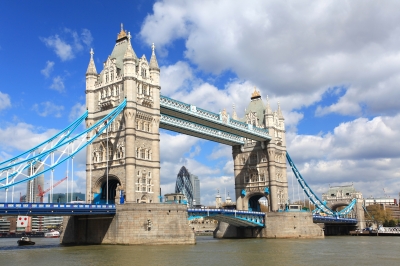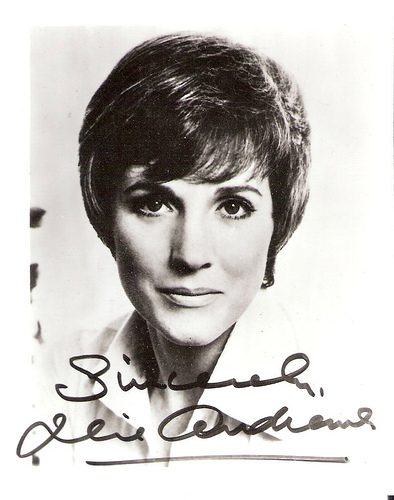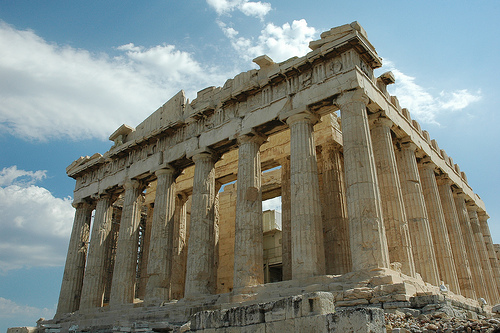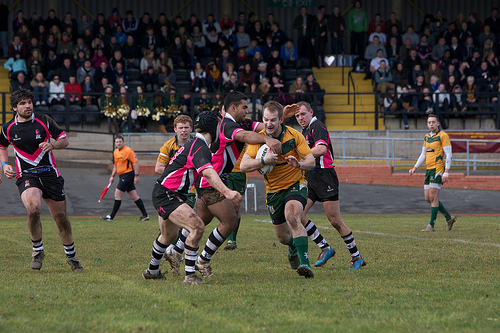
“These Romans are crazy!!”
- Asterix books are also known as the ‘Adventures of Asterix’, Astèrix and Astèrix le Gaulois.
- Asterix is French comic series that has been translated into 100 languages, and the English translation has been very popular.
- Asterix was authored by French writer René Goscinny, and illustrated by Albert Uderzo, a French comic book artist and script writer.
- Asterix was first published as a serial in the first issue of the Pilote comics magazine on the 29 October 1959, and became instantly popular.
- Thirty-four Asterix comic books have been produced by Goscinny and/or Uderzo, and 12 films have been made from the comics, and in October 2013, the 35th book will be released with a new author and illustrator, Didier Conrad and Jean-Yves Ferri.
- The Asterix comics are based on the history of the Gauls, and is generally set in 50 BC in a Gaulish (French) village in Armorica (Brittany), that is trying to hold out against the invading Romans.
- Uderzo continued to produce Asterix books after Goscinny died in 1977, but they have not been as popular as the Goscinny ones.
- The main characters in the Asterix books are Asterix, the hero; Obelix, Asterix’s friend; and Dogmatix, Obelix’s dog, and there have been approximately 400 other characters throughout the series.
- Asterix comics uses lots of puns, caricatures and other humour, as well as the phrase “These Romans are crazy!”.
- Asterix comic book characters have their Gaul names end in ‘ix’, like Asterix, ‘us’ for the Roman’s names, eg. Pseudonymus , and towns that end in ‘um’, like Aquarium.















